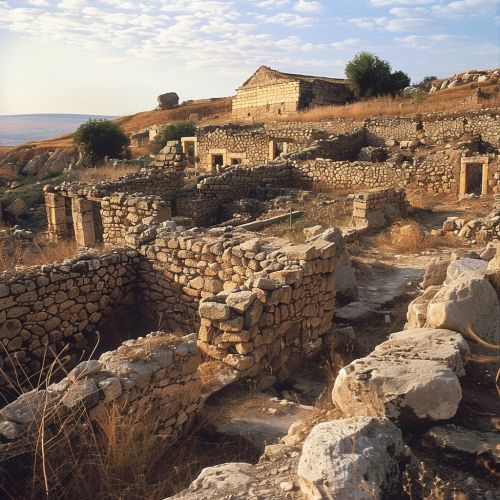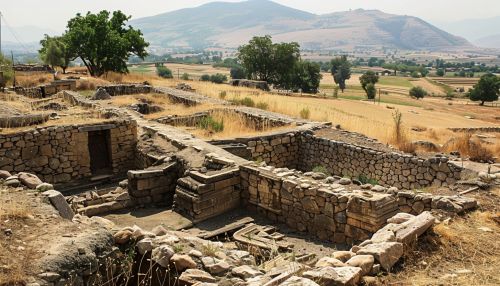Hittites
Origins and Early History
The Hittites were an ancient civilization that emerged in the late Bronze Age, around 1600 BC, in the region of Anatolia, which is modern-day Turkey. They established a powerful kingdom, known as the Hittite Empire, which at its peak controlled vast territories extending from western Anatolia to northern Syria and down into upper Mesopotamia. The origins of the Hittites are somewhat obscure, but it is believed that they were Indo-European people who migrated into Anatolia from the north.


Language and Writing
The Hittites spoke an Indo-European language, known as Hittite, which is one of the earliest attested Indo-European languages. They also used a script known as cuneiform, which they adopted from the Mesopotamian cultures. The Hittites are known for their extensive written records, which include royal edicts, legal codes, religious texts, and diplomatic correspondence. These texts provide a wealth of information about the political, social, economic, and religious life of the Hittite Empire.
Political Structure
The Hittite Empire was a centralized state, ruled by a king who was both a political and religious leader. The king was assisted by a council of nobles and officials, who helped him administer the empire. The Hittite Empire was divided into provinces, each governed by a local ruler who was responsible for maintaining order and collecting taxes. The Hittite legal system was highly developed, with laws covering a wide range of issues, from property rights to criminal offenses.
Military
The Hittites were renowned for their military prowess. They were among the first civilizations to use iron weapons, which gave them a significant advantage in warfare. The Hittite army was well-organized and disciplined, with a combination of infantry, chariotry, and archers. The Hittites are perhaps best known for their battles against the Egyptian pharaoh Ramses II, particularly the Battle of Kadesh, which is considered one of the largest chariot battles in history.
Religion
The Hittites practiced a polytheistic religion, with a pantheon of gods and goddesses. The chief deity was the storm god Teshub, who was associated with the weather and fertility. The Hittites also worshiped a sun goddess, Arinniti, who was considered the queen of the gods. The Hittite religion involved elaborate rituals and ceremonies, including animal sacrifices and processions.
Art and Architecture
The Hittites were skilled artisans and builders. They built grand palaces and temples, decorated with elaborate reliefs and sculptures. Hittite art often depicted scenes from mythology, religious rituals, and royal ceremonies. The Hittite architecture was characterized by large stone structures, with thick walls and heavy, flat roofs.
Decline and Fall
The Hittite Empire began to decline around 1200 BC, due to internal conflicts and external pressures. The final blow came with the invasions of the Sea Peoples, a mysterious group of seafaring raiders. The Hittite Empire collapsed, and its territories were divided among several Neo-Hittite city-states.
Legacy
The Hittites left a lasting legacy in the form of their written records, which have provided valuable insights into the history of the ancient Near East. Their legal codes influenced later legal systems, including the laws of the Hebrew Bible. The Hittite language has also contributed to our understanding of the Indo-European languages.
